Reign 1009–1028 Successor Ly Thai Tong Predecessor Le Ngoa Trieu Name Ly To | Predecessor Le Long Dinh Reign 1009–1028 Successor Ly Thai Tong | |
Th i ni n thi u vua l th i t con trai c a r ng phim ho t h nh 3d hay k ni m 1000 n m th ng long
Lý Thái Tổ (Chinese: 李太祖, 974 - 1028), birth name Lý Công Uẩn (李公蘊), courtesy name Triệu Diễn (兆衍), was Annam's first emperor and the founder of the Later Lý Dynasty; he reigned from 1009 to 1028. He moved the capital to Hanoi in 1010.
Contents
- Th i ni n thi u vua l th i t con trai c a r ng phim ho t h nh 3d hay k ni m 1000 n m th ng long
- S chp L Thi T L Cng Un Thi T Hong
- Early years
- Imperial capital relocation
- Religion
- Policies
- Death
- References
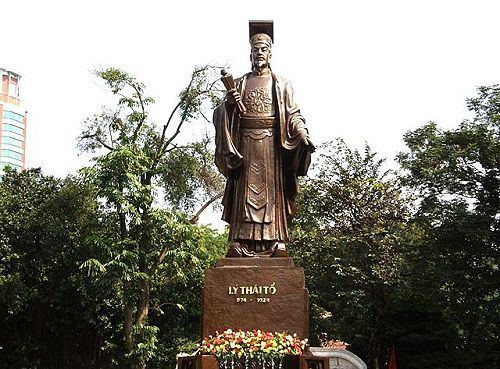
Sử chép Lý Thái Tổ (Lý Công Uẩn, Thái Tổ Hoàng Đế)
Early years

He was born in Cổ Pháp village, Đình Bảng, Từ Sơn, Bắc Ninh Province in 973. There are few details about his parents and family background as they were not prominently recorded. However, his mother was called “Phạm Thị,” which means "Lady Phạm". His father may have been a minor official of the Anterior Lê Dynasty, perhaps the Đinh Dynasty, or even has some connection to the Cổ Pháp Pagoda monastic clergy.
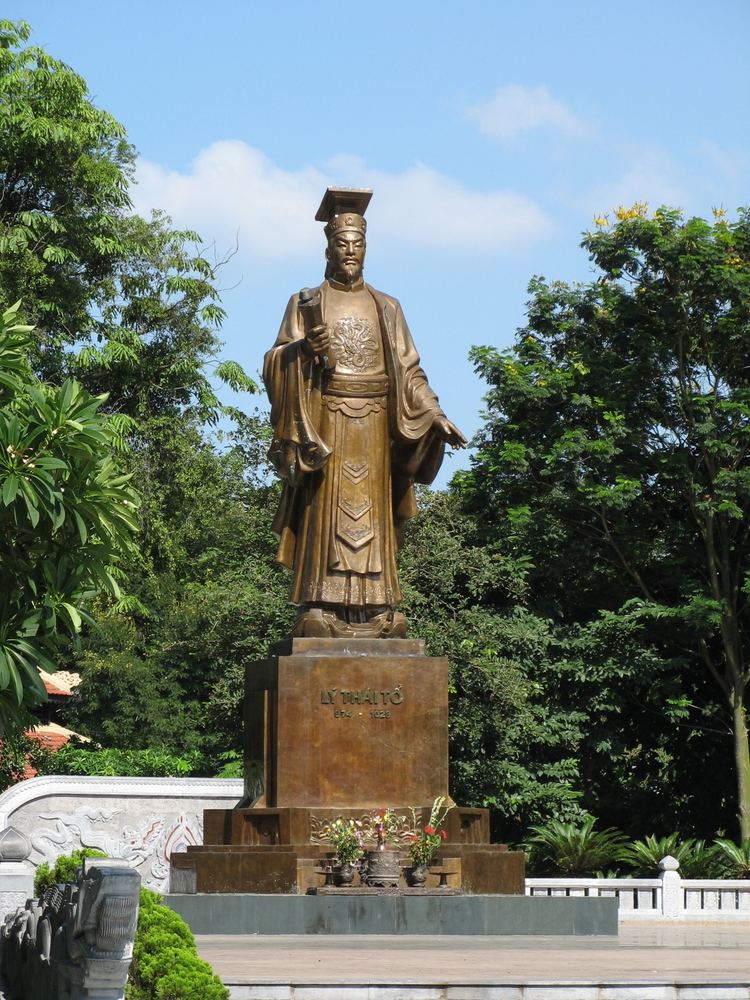
He was born at Cổ Pháp Pagoda, also known as Dận Pagoda. At the age of 3, his mother brought him back to the pagoda. Lý Khánh Văn, head monk of the pagoda, adopted him and named him Lý Công Uẩn. He was brought to the pagoda and became a Buddhist disciple.

Later in his youth, he was put under the guardianship of the pagoda's new headmaster Lý Vạn Hạnh, who was a very well respected cleric during the Anterior Lê Dynasty era, he came to the royal capital Hoa Lư to be religious advisor for the Lê royal court. He was gradually promoted from a minor official to a prominent post of the imperial government and was ultimately bestowed with the title “Tả Thân Vệ Điện Tiền Chỉ Huy Sứ” meaning "The Commander of the Palace's Left Flank", which was one of the most important positions within the imperial guards. In 1009, Lê Ngoạ Triều, the last monarch of the Anterior Lê Dynasty died under the wrath of the people because of his brutality and cruelty he brought onto them during his reign. Đào Cam Mộc, an imperial official, and Vạn Hạnh seized the opportunity and imposed their power and political influence to enthrone their trusted disciple Lý Công Uẩn without much resistance, thus ended the Anterior Lê Dynasty.
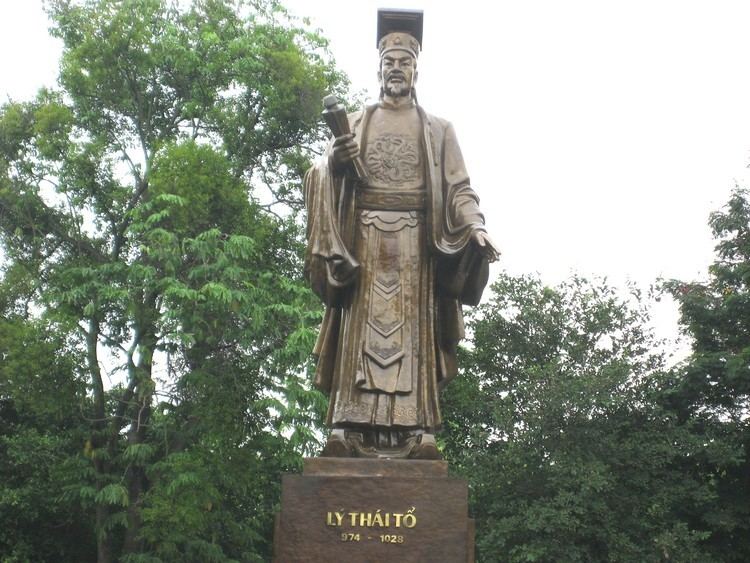
After his ascension to the throne, Lý Công Uẩn named his era "Thuận Thiên" meaning "Will of Heaven". His royal title became Lý Thái Tổ and the first year of his reign was in Hoa Lư.
Imperial capital relocation

Lý Thái Tổ is best known for relocating the imperial capital from Hoa Lư to Thăng Long (modern day Hà Nội) in 1010 AD. He is generally viewed as the founder of the city of Hà Nội. In 2010, the city of Hà Nội celebrated its 1000th anniversary and in honoring Lý Thái Tổ.

Although Hoa Lư was a strategic citadel surrounded by mountains and marshland that was difficult for invading armies to attack or conquer, Hoa Lư was geographically too small and difficult for commerce and urban development to flourish. Lý Công Uẩn, who had wished to implement civic development and economic growth within the realm, soon realized that Hoa Lư was not a suitable place for such aspirations. This prompted Lý Thái Tổ to move the capital to a more spacious landscaped settlement called Đại La, now Hà Nội. Đại La was an ideal location for the new capital since it was on flatland and surrounded by rivers and lakes, which was advantageous for transportation, commerce, and military mobilization. In 1010, he issued a royal decree called Edict on the Transfer of the Capital for moving the imperial capital from Hoa Lư to Đại La. While travelling from Hoa Lư to the imperial settlement, he claimed to have had a vision of "a yellow dragon ascending" which inspired him to change the new settlement's name from Đại La to Thăng Long which means "Ascending Dragon". Lý Công Uẩn also built Trường An Citadel in the former capital Hoa Lư to further fortify the garrison for military defense and Thiên Đức Citadel in Cổ Pháp village as a tributary honor to his childhood home town.
Religion
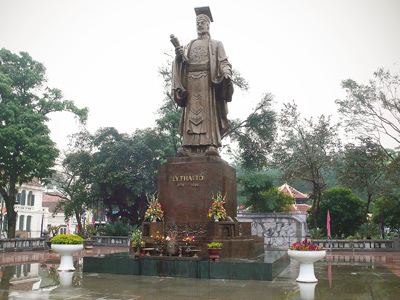
Having begun life as a Buddhist monk, Lý Thái Tổ practiced Buddhism and promoted it as the national religion. As a result, he gave much support to the Buddhist clergy and institutions. He donated money to build pagodas throughout Đại Việt. Many citizens joined monastic institutions during this reign since he was a strong patron of the Buddhist religion. Clerical officials such as Nguyễn Đạo Thanh and Phạm Hạc were sent to China (Song Dynasty court) to study and bring back the sutra named Tam Tạng (Tripiṭaka) to Đại Việt.
Policies
During the reign of Lý Thái Tổ, the Song Dynasty was pre-occupied with maintaining internal stability and still recovering from previous defeats or skirmishes with the Liao and Xi Xia empires. Đại Việt, as a result, was mostly left alone and political relations between the two kingdoms revived. Lý Thái Tổ sent many envoys to the Song court and demanded that its government officially recognize Đại Việt's status as a vassal independent kingdom rather than an autonomous Chinese province of Song. The Emperor of the Song Dynasty consented and sent envoys in return to be formally entitled Lý Thái Tổ as the "emperor of Đại Việt" superseding the title "Lord of Giao Chỉ", In turn, some vassal kingdoms of Đại Việt to the south such as Champa (modern-day central Vietnam) and Chenla (modern-day Cambodia) brought annual tributes to Đại Việt, allowing Lý Thái Tổ to ensure good relations between these neighboring kingdoms. Lý Thái Tổ's political skills enabled Đại Việt to secure peace with its neighboring kingdoms to the north and south. During his reign, Đại Việt had a stabilized political infrastructure and good relations with its neighbors, which enabled Đại Việt's economic development to flourish.
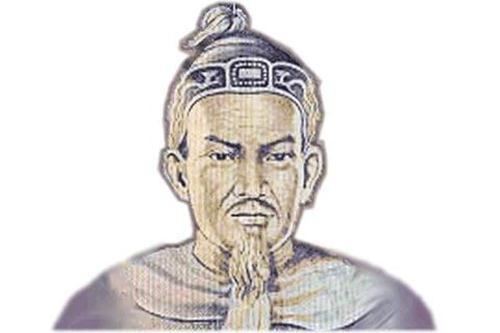
There were some small rebellions in Nghệ An and in highland areas in the southwest. Lý Thái Tổ himself led the army and quelled these rebellions successfully. During the Lý Dynasty, all royal princes were granted the title “Vương” or "King", a title given emperors' kin or occasionally some primary officials or commanders who had achieved meritorious services or victories. The princes themselves were granted and led their own army regiments into battles. The royal institution enabled the princes to learn and many became experts in army tactics and martial arts as a result.
Lý Thái Tổ also paid close attention to civic development. He issued many royal decrees and edicts that amended many of the previous Lê Dynasty's rigid and primitive policies, such as reforming the royal administration system, establishment of the national university for higher education, and division of the realm into 24 “lộ” or commanderies, in particular Hoan Châu and Ái Châu, to strengthen strategic military defenses. He also reformed the tax system by creating six tax classifications, which enabled the royal court to efficiently collect taxes and citizens to clearly know which tax classification affected them:
Death
Lý Thái Tổ died in 1028 at the age of 55 according to the royal official accounts. He was buried at “Thọ Lăng” meaning the Mausoleum of Longevity, outside of Thiên Đức Palace. His designated regal name was "Thái Tổ" meaning "The Supreme Forefather"; his posthumous imperial title was “Thần Vũ Hoàng Đế” meaning "The Revered Martial Emperor". Today the ancestor spirit of Lý Thái Tổ is among those popularly honoured in rites at national shrines.
